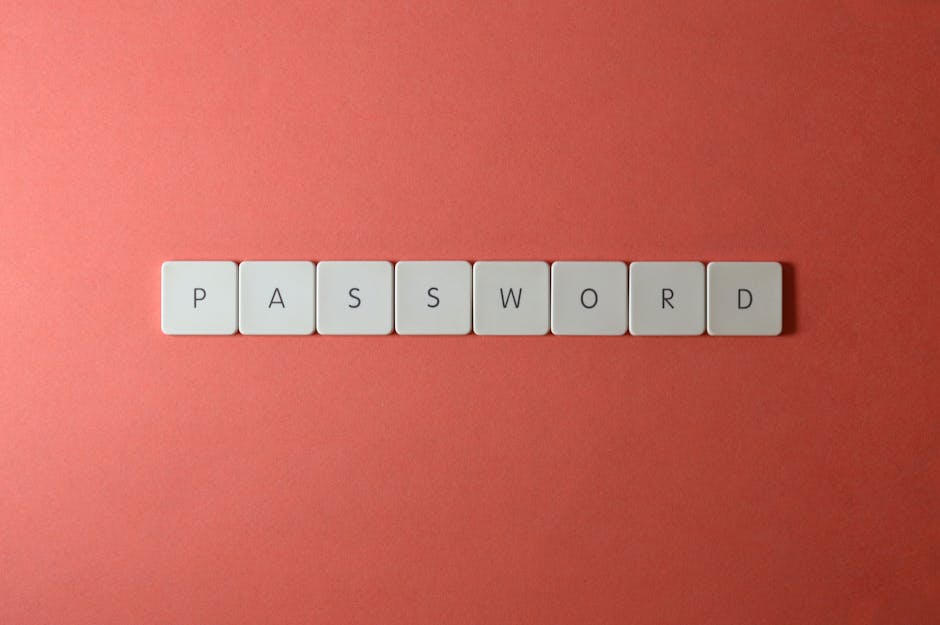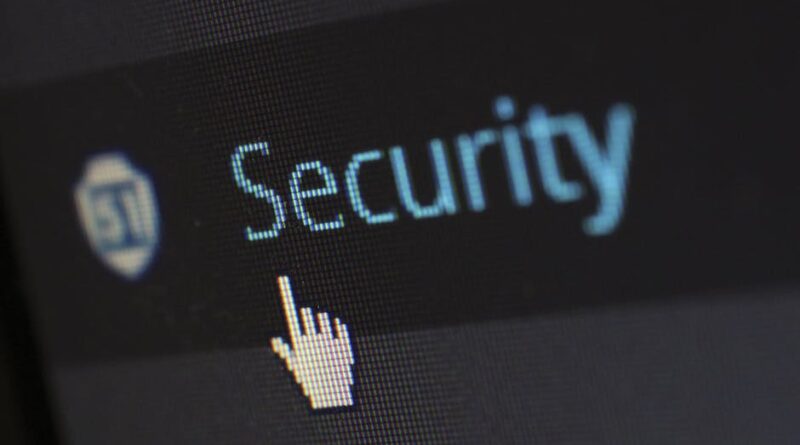Unlocking Security: Creating Multi-Factor Authentication Systems
Welcome to the digital age, where our lives are intertwined with technology in ways we never imagined. From online banking to social media accounts, we rely on the internet for almost every aspect of our daily routine. With this increasing dependence on digital platforms comes the need for enhanced security measures to protect our sensitive information. One such method that has gained prominence in recent years is multi-factor authentication (MFA) systems. In this comprehensive guide, we will delve into the world of creating multi-factor authentication systems, exploring its significance, implementation, and future implications.
The Evolution of Authentication

Authentication, the process of verifying the identity of users, has come a long way since the days of simple passwords. In the early days of computing, a single-factor authentication method, such as a password or PIN, was considered sufficient to grant access to secure systems. However, as cyber threats evolved and became more sophisticated, it became clear that a more robust approach was needed to safeguard sensitive data.
This realization led to the development of multi-factor authentication systems, which require users to provide two or more forms of verification before granting access. These can include something the user knows (password), something they have (smartphone, token), or something they are (biometric data like fingerprints or facial recognition). By combining these factors, MFA systems add an extra layer of security, making it significantly harder for unauthorized users to gain access.
The Components of Multi-Factor Authentication

Multi-factor authentication systems typically consist of three main components:
1. Something You Know
This is the most common form of authentication and usually involves a password, PIN, or security question. While passwords are still widely used, they are often the weakest link in the security chain due to human error, reuse, or easy-to-guess combinations. To enhance the security of this factor, organizations are increasingly implementing complex password requirements, such as minimum length, special characters, and frequent changes.
2. Something You Have
In addition to something you know, MFA systems often require something you have, such as a smartphone, token, or smart card. These physical devices serve as a secondary form of verification and add an extra layer of security to the authentication process. For example, when logging into an online account, users may receive a one-time code on their smartphones that they must enter to complete the login process.
3. Something You Are
The third factor in multi-factor authentication is something you are, which typically involves biometric data like fingerprints, facial recognition, or iris scans. Biometrics offer a more secure and convenient way to verify identity, as they are unique to each individual and difficult to replicate. Many smartphones and laptops now come equipped with biometric sensors, allowing users to unlock their devices with a fingerprint or face scan.
Implementing Multi-Factor Authentication

While the concept of multi-factor authentication is simple, implementing it effectively can be a complex process that requires careful planning and consideration. Here are some key steps to consider when creating a multi-factor authentication system:
1. Identify Your Security Needs
Before implementing MFA, it is essential to assess your organization’s security needs and the level of protection required for different systems and data. Consider factors such as the sensitivity of the information being accessed, the potential impact of a security breach, and the usability requirements for end-users.
2. Choose the Right Factors
When designing an MFA system, it is crucial to select the appropriate factors based on your security needs and the user experience. For example, if your organization prioritizes security over convenience, you may opt for a combination of password, smart card, and fingerprint verification. On the other hand, if usability is a concern, you may choose to use a password and smartphone verification method.
3. Integrate with Existing Systems
Integrating multi-factor authentication with existing systems and applications can be a challenging task, especially for organizations with legacy infrastructure. However, many modern authentication solutions offer seamless integration with popular platforms and services, making the transition smoother and more efficient.
4. Educate Users
One of the most critical aspects of implementing multi-factor authentication is user education. Many security breaches occur due to human error or lack of awareness, so it is essential to educate users on the importance of MFA, how to use it correctly, and what to do in case of issues or emergencies.
The Benefits of Multi-Factor Authentication

There are several benefits to implementing multi-factor authentication systems, both for organizations and individual users:
1. Enhanced Security
By requiring multiple forms of verification, MFA systems significantly reduce the risk of unauthorized access and data breaches. Even if one factor is compromised, the additional layers of security make it much harder for attackers to gain access to sensitive information.
2. Improved User Experience
While some may argue that multi-factor authentication adds complexity to the login process, many users appreciate the added security measures and peace of mind it provides. Additionally, with advancements in biometric technology and smartphone integration, MFA has become more convenient and user-friendly than ever before.
3. Compliance with Regulations
Many industries and organizations are required to comply with strict data security regulations and standards, such as GDPR, HIPAA, or PCI DSS. Implementing multi-factor authentication can help organizations meet these requirements and avoid costly fines or penalties for non-compliance.
Challenges and Considerations
While multi-factor authentication offers many advantages, it is not without its challenges and considerations:
1. User Adoption
One of the main challenges of implementing MFA is user adoption and acceptance. Some users may find the additional security measures cumbersome or time-consuming, leading to resistance or non-compliance. To address this issue, organizations should focus on user education, training, and providing clear instructions on how to use MFA effectively.
2. Cost and Complexity
Implementing multi-factor authentication can be costly and complex, especially for organizations with limited resources or outdated systems. Factors such as hardware, software, integration, and maintenance costs should be carefully considered when planning and budgeting for an MFA implementation.
3. Privacy and Data Protection
While MFA systems enhance security, they also raise concerns about privacy and data protection. Organizations must ensure that user data, especially biometric information, is stored securely and in compliance with relevant regulations to prevent unauthorized access or misuse.
The Future of Multi-Factor Authentication
As cyber threats continue to evolve, the need for robust security measures like multi-factor authentication will only grow. In the future, we can expect to see advancements in MFA technology, such as the widespread adoption of biometrics, behavioral analytics, and artificial intelligence to enhance security and usability.
Additionally, with the rise of remote work and the increasing reliance on cloud-based services, the demand for secure authentication methods will continue to rise. Organizations that prioritize data security and privacy will be at the forefront of implementing innovative MFA solutions to protect their assets and maintain customer trust.
To Wrap Things Up
Creating multi-factor authentication systems is a critical step in safeguarding sensitive information and securing digital assets. By combining multiple forms of verification, organizations can significantly reduce the risk of unauthorized access and data breaches, providing peace of mind to users and compliance with regulatory requirements.
As technology advances and cyber threats become more sophisticated, the importance of multi-factor authentication cannot be overstated. By staying informed, educating users, and implementing best practices, organizations can create a secure and resilient authentication framework that protects their data and maintains the trust of their stakeholders.
Remember, when it comes to security, it’s better to be safe than sorry. Stay vigilant, stay secure, and embrace the power of multi-factor authentication to keep your digital world safe and sound.




